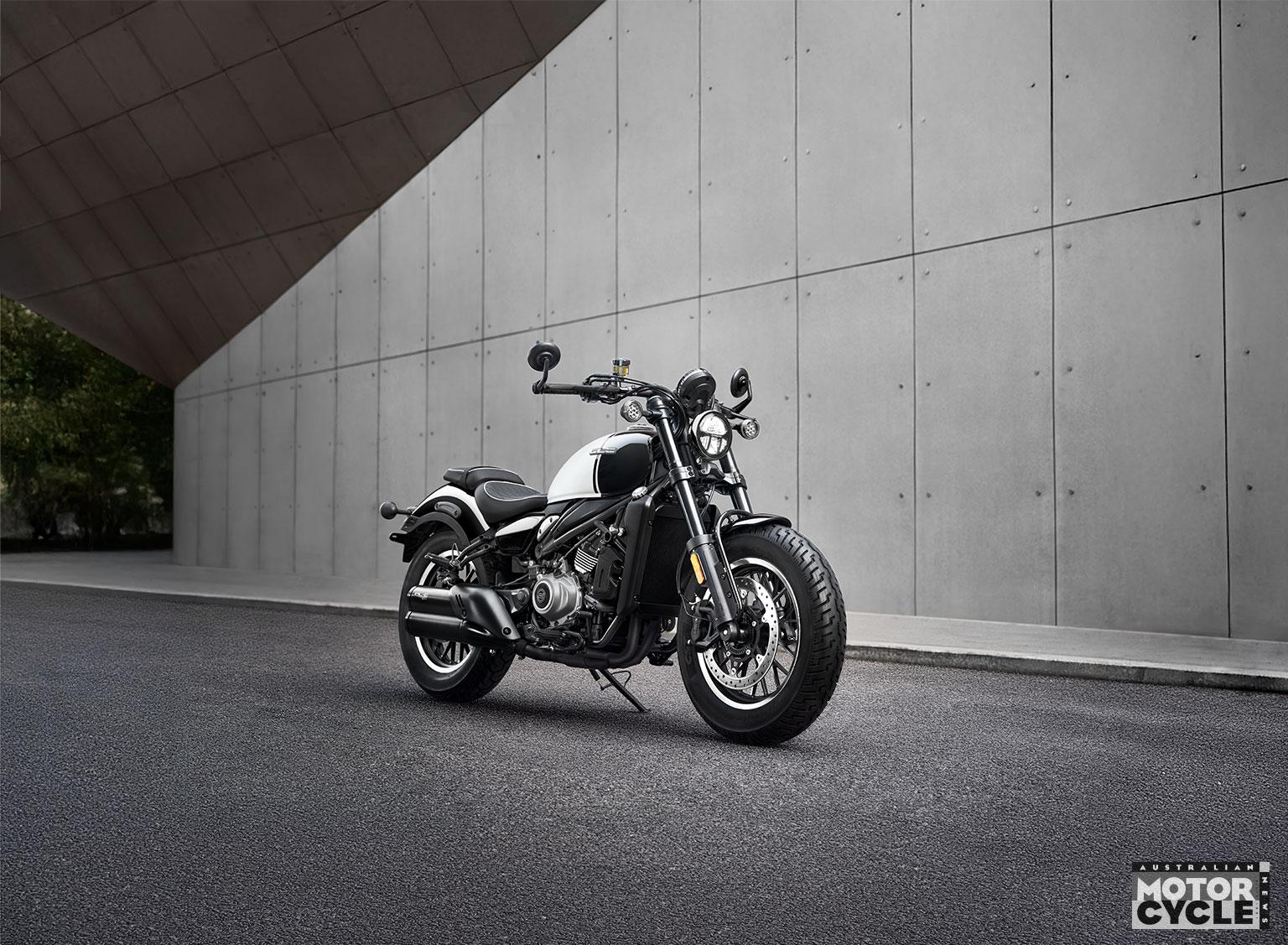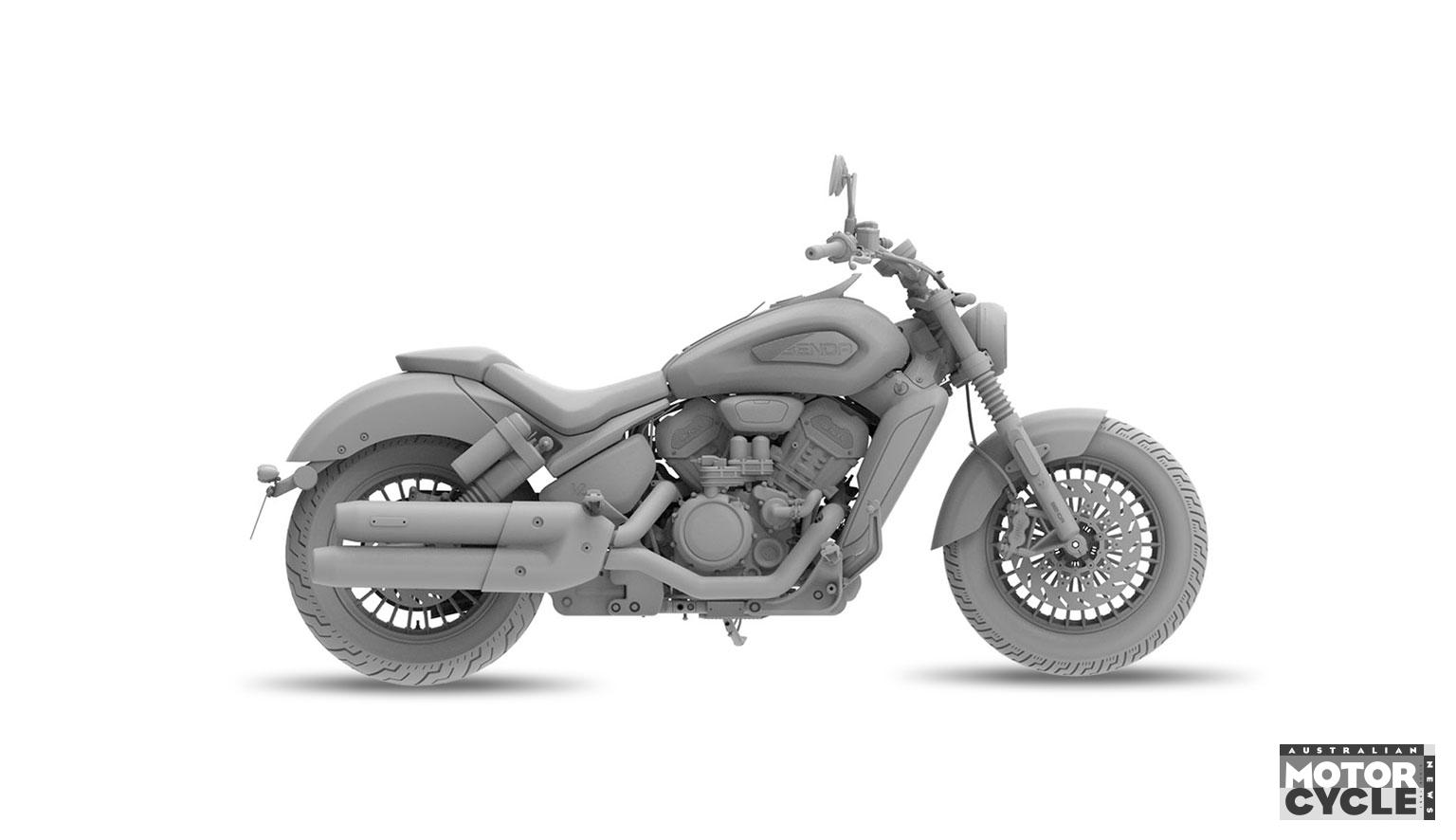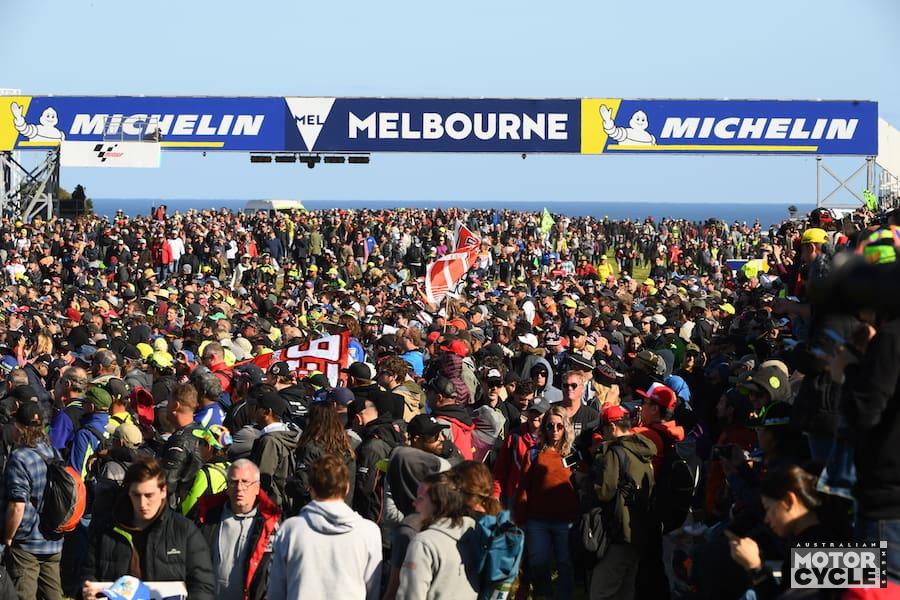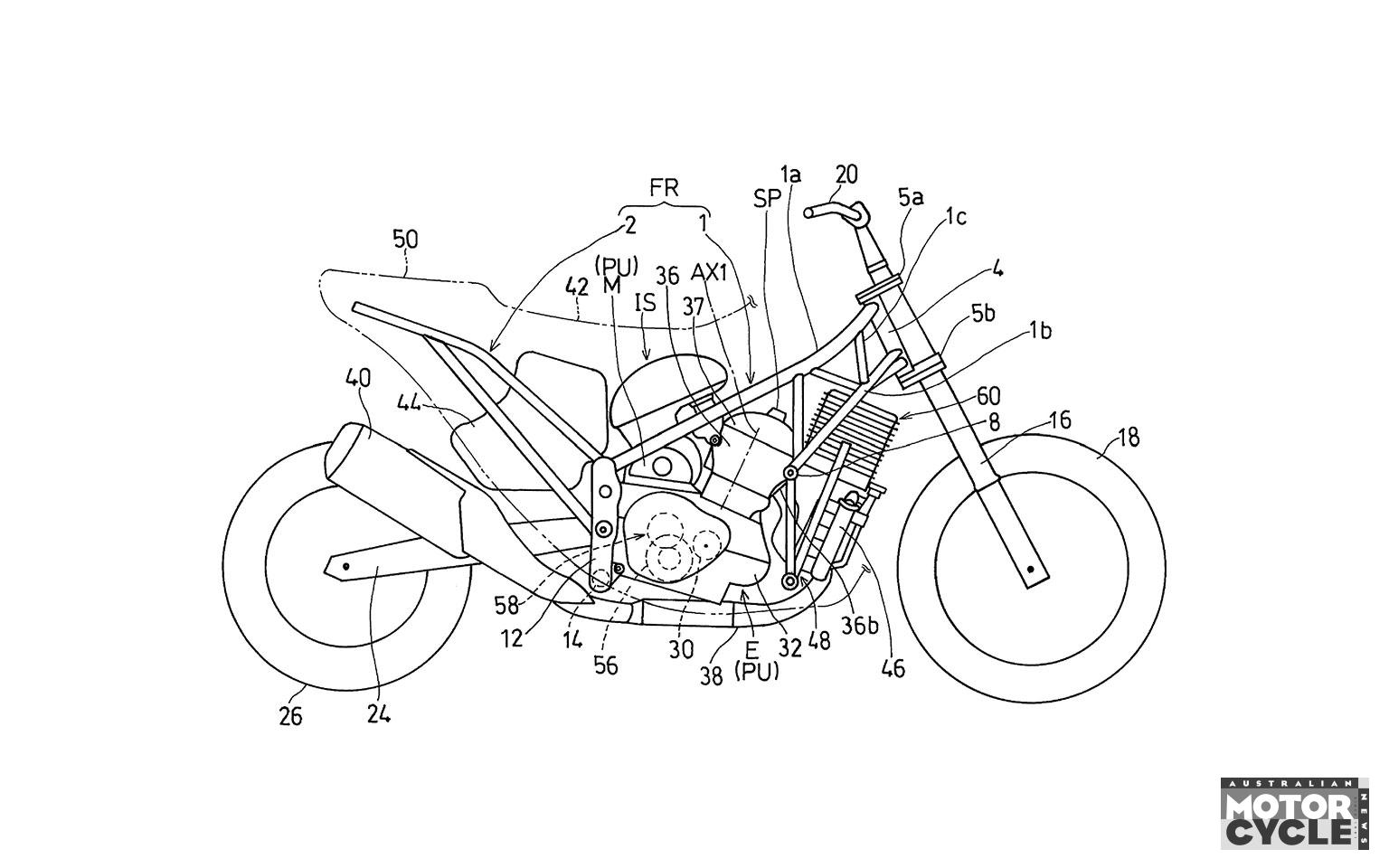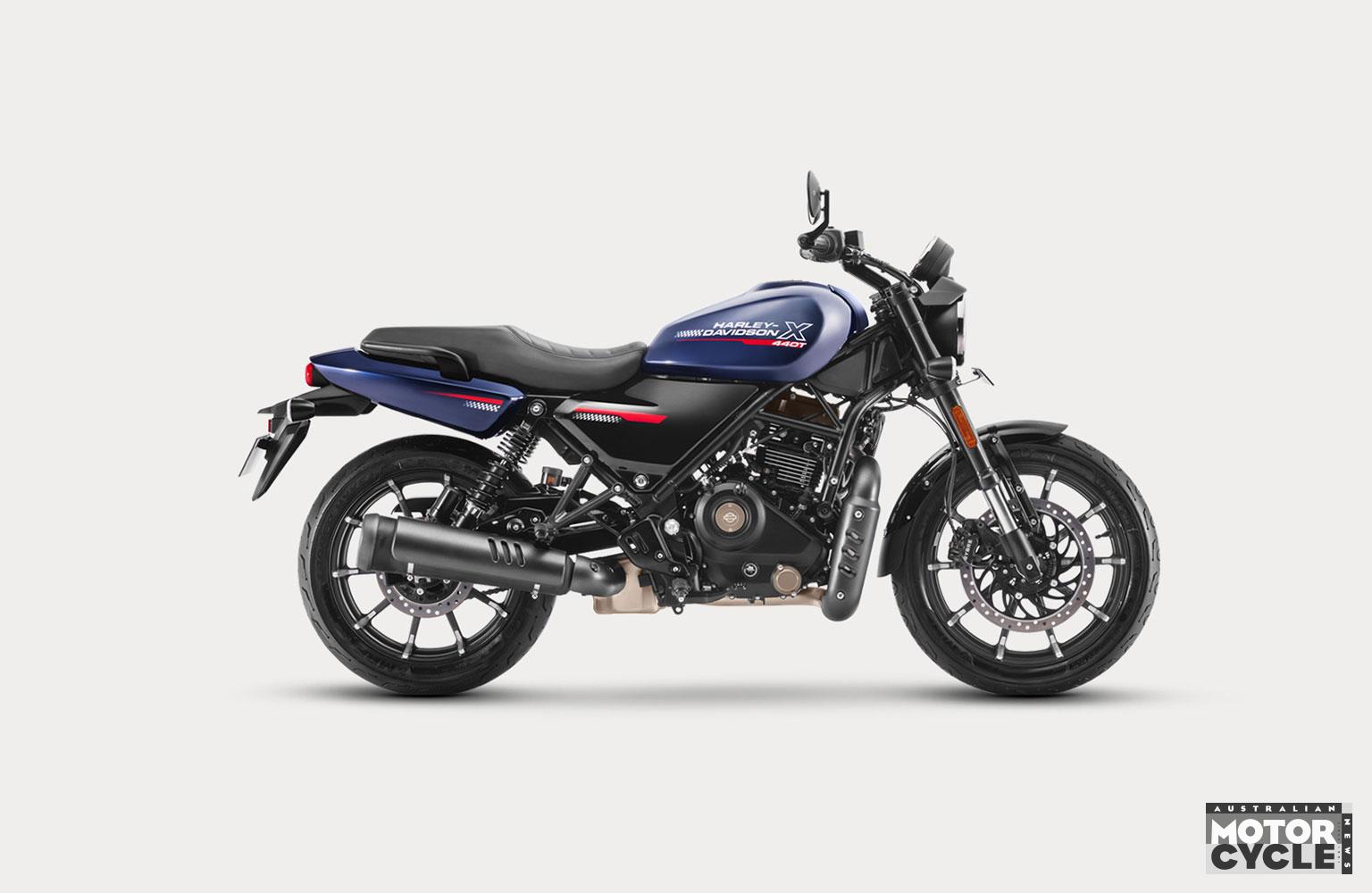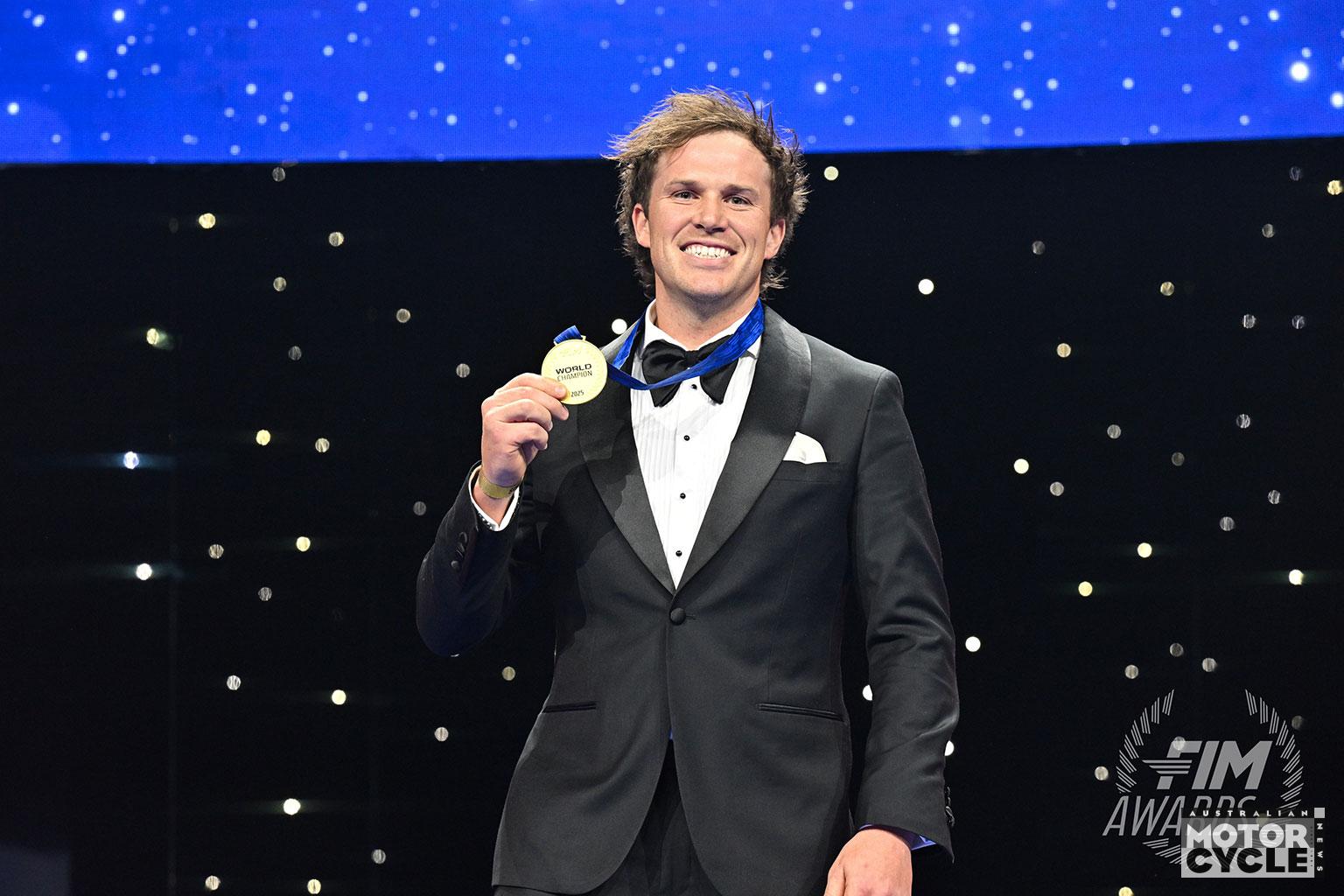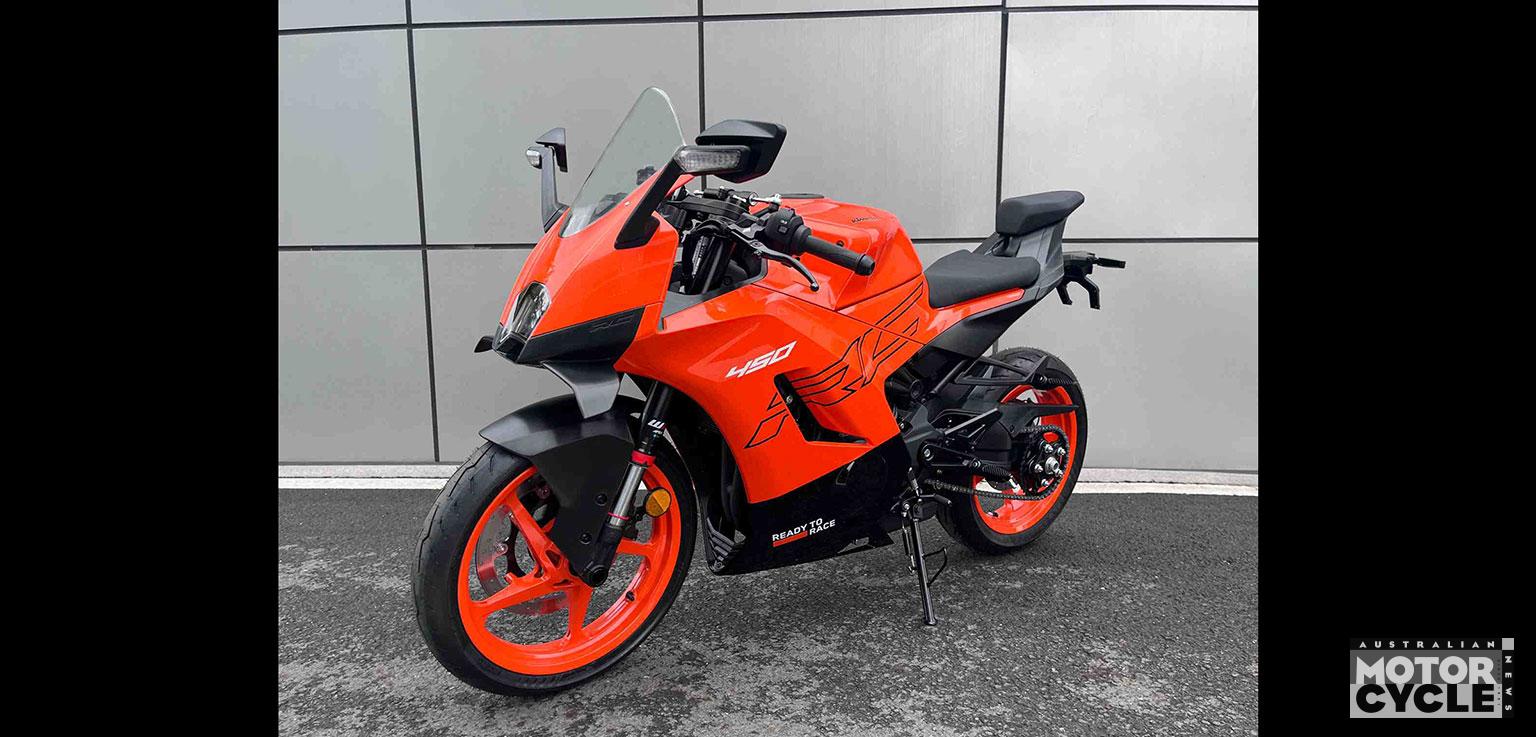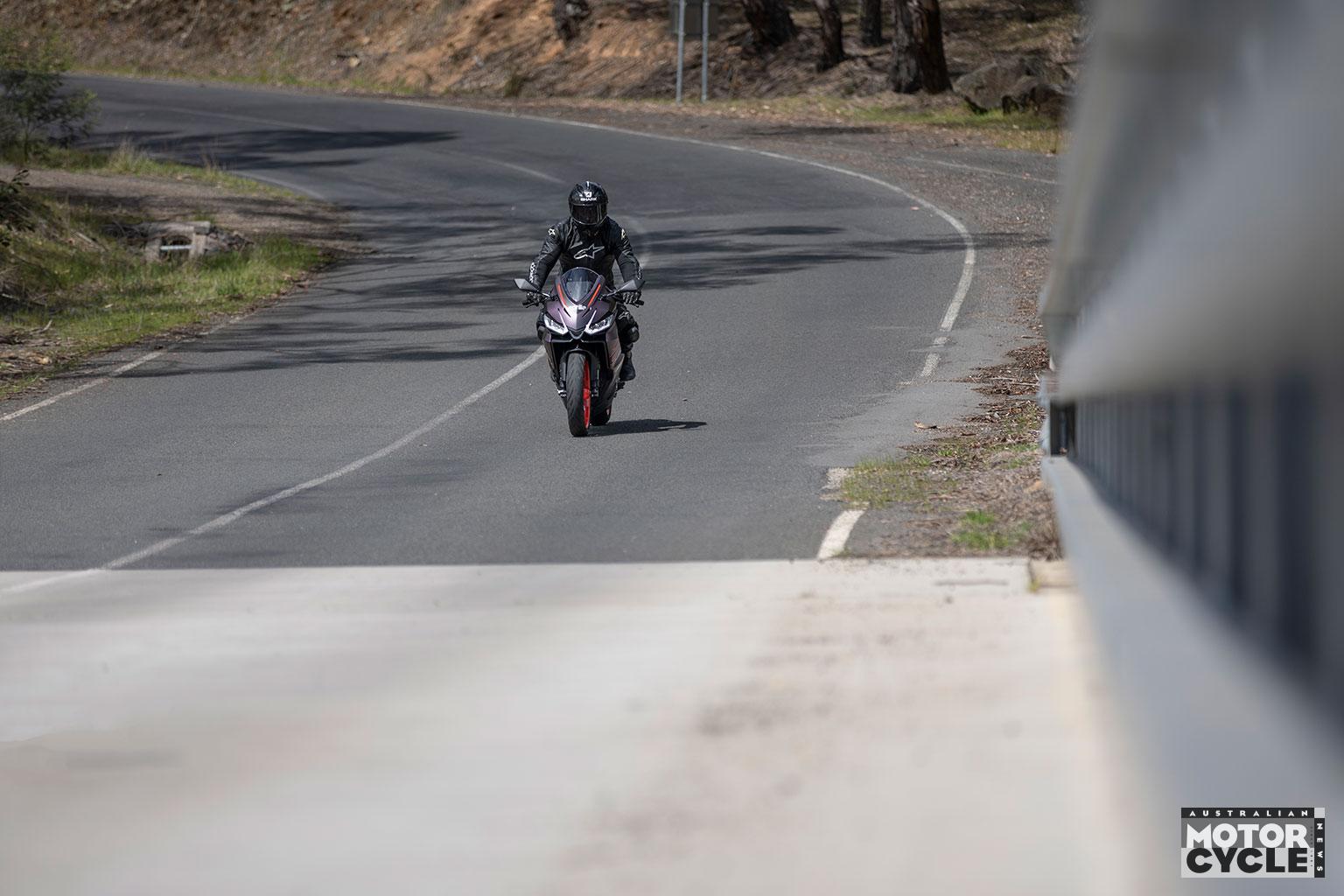Kawasaki wheeled out its unique prototype hydrogen-powered bike in front of the Suzuka 8 Hours crowd demonstrating that it’s a viable possibility for eco-friendly bikes of the future.
Built as part of Kawasaki’s involvement with the HySE research association, where it works alongside Honda, Suzuki, Yamaha and Toyota, the prototype is based on the supercharged four-cylinder engine from the Ninja H2. The engine is suited to hydrogen conversion because its supercharger means it can pack more air into the cylinders – hydrogen requires much more air than petrol does to reach its correct air/fuel ratio. The engine is modified to be fitted with direct fuel injection to add the hydrogen after the intake valves have closed.
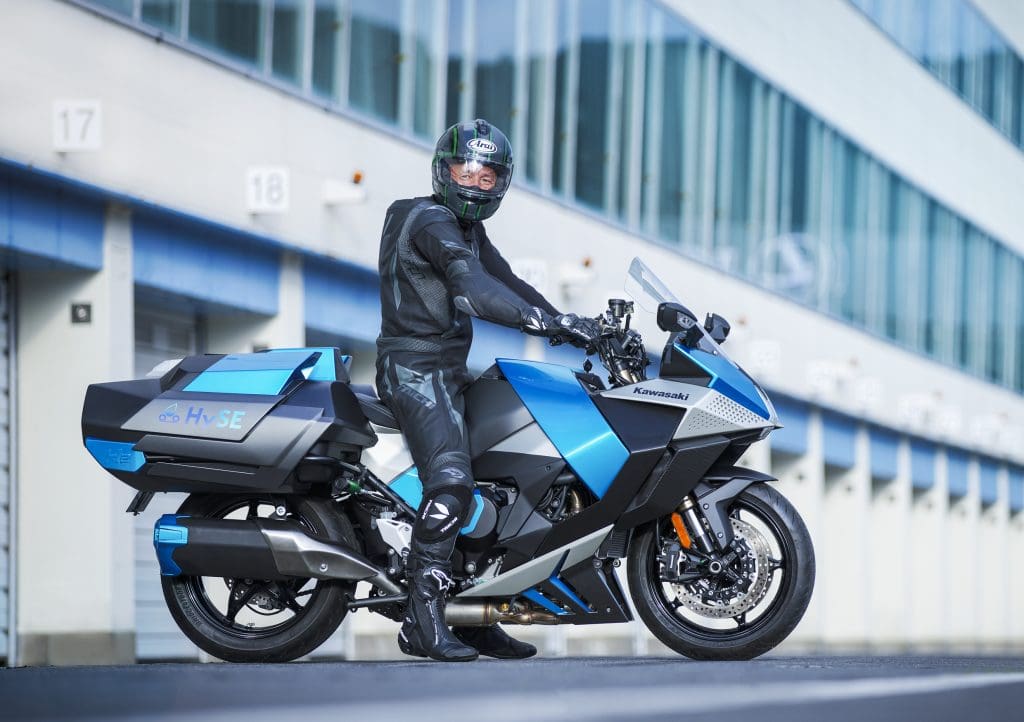
Kawasaki says the bike’s chassis has been designed specifically to be able to fit the cylinders containing the hydrogen, and it doesn’t take more than a glance to reveal the big stumbling block of hydrogen-fuelled combustion engines. Those huge panniers aren’t for luggage, they’re filled with high-pressure hydrogen cylinders.
Hydrogen might be very light, making it more energy dense than petrol in terms of weight, but even when its cryogenically stored in liquid form or compressed to vast pressure, it still takes up much more space than the equivalent amount of energy’s worth of petrol.
The plus side of hydrogen is that when it’s combined with air and burnt, the main exhaust is simply H2O. Water. In fact, Kawasaki refers to the bike as being like a humidifier on wheels.
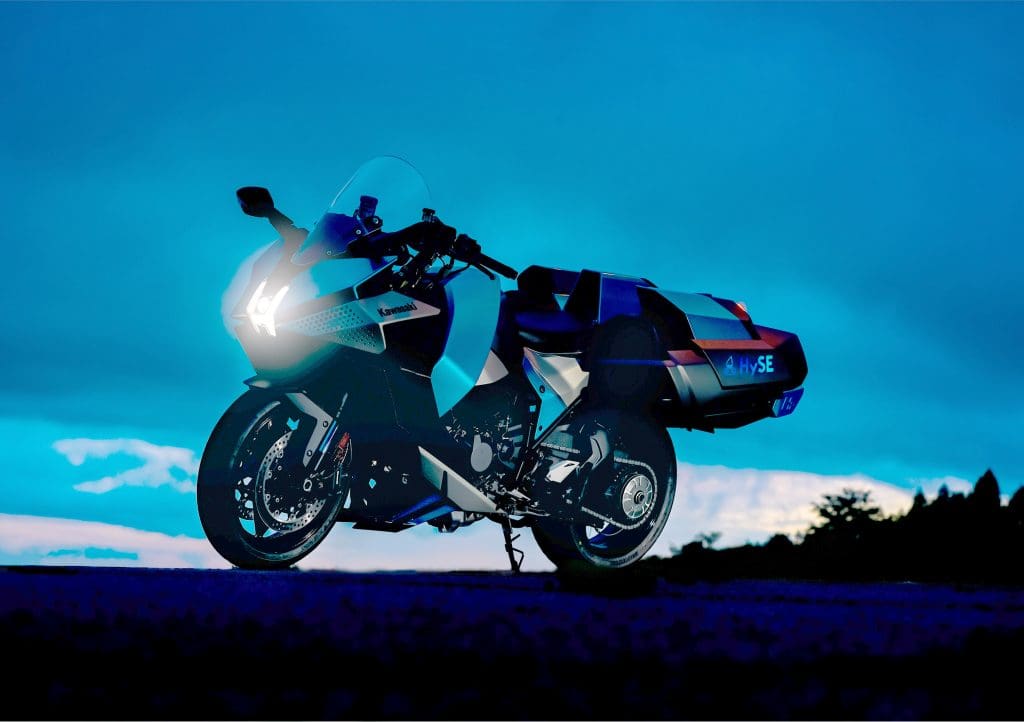
We don’t know exactly how high the pressure in the gas cylinders is, but a video released by Kawasaki shows that there’s a filler port on the back of the bike and reveals a shot of a hydrogen filling unit’s display showing pressure of 34 MPa (that’s 4931psi) and rising. On other hydrogen-fuelled vehicles, the tanks reach pressures as high 70 MPa (10,153psi) when full.
While Kawasaki’s prototype doesn’t look lashed-together, practical issues mean it’s still a long way from being a viable production model.

